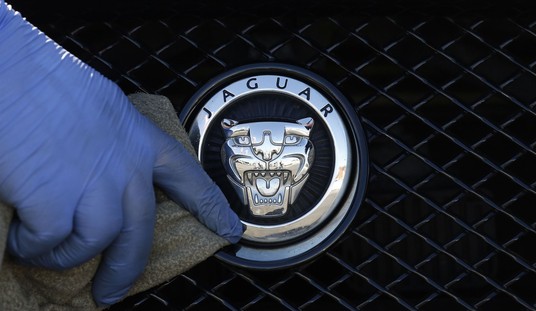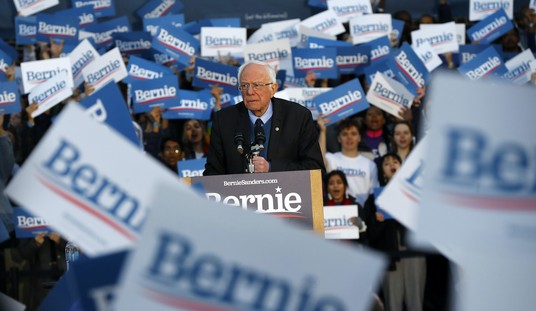Oil hit a four-year low in yesterday’s trading, dipping slightly below $40 per barrel before rising slightly to finish at $40.06. Prices fell almost ten percent, $3.54, as global demand declined in the face of a serious recession that doesn’t have an end in sight. Gasoline inventories rose in the US as demand continues to drop. In the midst of the collapse in oil markets, OPEC has promised a production cut — but can it deliver?
The OPEC cartel agreed on Wednesday to reduce production by 2.2 million barrels a day, the group’s largest cut ever, in an effort to put a floor on falling oil prices.
It is the third time producers have agreed to reduce their output in three months. Since September, members of the Organization of the Petroleum Exporting Countries have pledged cuts totaling 4.2 million barrels a day, or nearly 12 percent of their capacity, a record in such a short time.
But oil futures fell more than 8 percent, or $3.54, to settle at $40.06 a barrel, on Wednesday, as the market focused on the dire state of the global economy, and many experts doubted that OPEC would manage to carry out its promises, leaving markets oversupplied in the face of falling demand. …
After riding a wave of rising oil prices for nearly a decade, the world’s top exporters are struggling in a weakening global economy, a dizzying slump in oil consumption and a sharp downfall in prices. In a move reminiscent of 1998, when oil fell below $10 a barrel, OPEC has asked outside producers to trim their production but seems to have found few takers.
OPEC has rarely gotten cooperation from its own members, let alone non-member producers, on production cuts. They’re not likely to start a winning streak now, and for some good reasons. No one foresaw the scale of this collapse, and most OPEC nations made assumptions that oil prices would go up or decline slightly at worst this year when planning their economies. When oil peaked at $147, most analysts predicted $200 per barrel oil, and the producer nations planned their spending accordingly.
Norway has already told its OPEC partners not to count on them for production cuts. Norway floats its entire socialist nanny-state on its sea of oil, and until oil crashed, they could afford it. They’ve already lost most of their planned revenue and have to make up the loss with increased volume. Venezuela has the same problem, only they sell low-grade crude and not the light, sweet crude that barely goes for $40 a barrel now. Hugo Chavez can’t keep electricity going now, and he certainly can’t afford to lose money through a production strike in the short term. He’s having enough trouble selling his crude now. Russia will cut production because it has no choice; their incompetent government has fumbled production anyway
The Arab producers might have an easier time enforcing a production cut, but even if they are inclined to forgive non-Arab producers Norway and Venezuela, they’ll have a tough time trusting each other. Saudi Arabia wants lower prices to undermine Iran, which used the “windfall profits” of sky-high oil prices to pursue nuclear-weapons research, among other things. The Saudi royal family as a dictatorship can withstand the shock of price collapse a lot better than the mullahcracy in Iran.
Investors understand these dynamics, which is why they’ve roundly ignored OPEC statements during the collapse of the bubble. First OPEC was going to hold the line at $80, then $70, and in some cases those statements came as price drops rendered their claims moot even as they spoke them. Now OPEC will be lucky if oil doesn’t hit $20 per barrel at the bottom of the market. They’ll have to sell as much as possible to keep their own economies afloat at these prices, which means that OPEC is all talk.








Join the conversation as a VIP Member